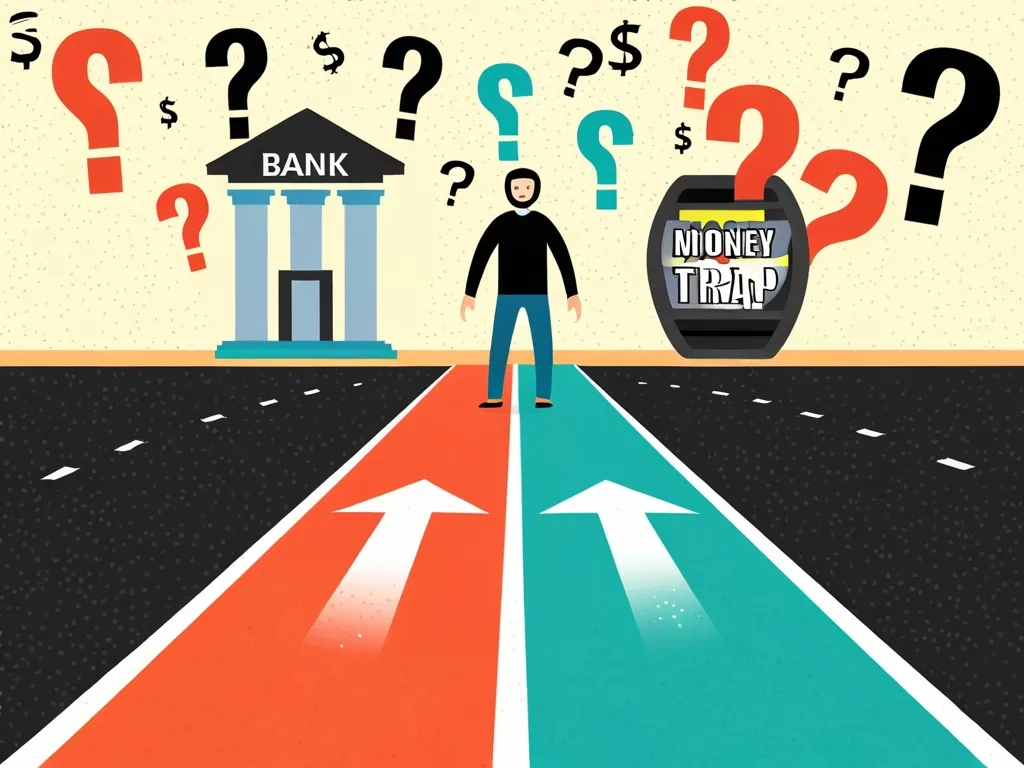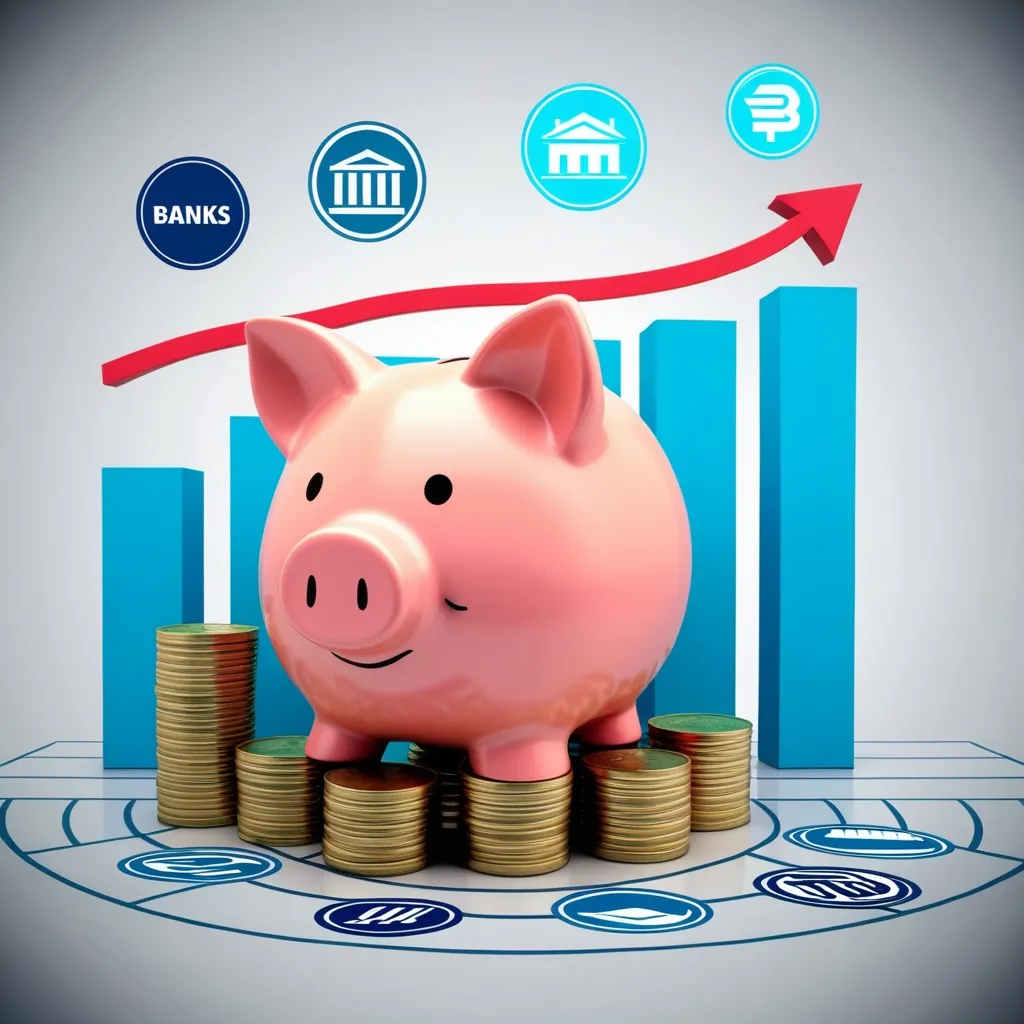When considering a personal loan, it’s easy to get swept up in the promise of quick cash and flexible repayment terms. However, there are several aspects that banks and lenders might not be eager to share with you. Here’s a deeper dive into some of the lesser-known facts and unconventional angles you should be aware of.
The Fine Print: Fees and Charges
One of the first things you need to understand is that personal loans often come with a array of fees that can significantly increase the overall cost of borrowing. These can include origination fees, which can range from 1% to 8% or more of the loan amount, processing fees for each monthly payment, and late-payment fees that can add up quickly. For instance, if you take out a $10,000 loan with a 5% origination fee, you’ll only receive $9,500, but you’ll still be responsible for repaying the full $10,000 plus interest.
The Impact on Your Credit Score
While personal loans can be a great tool for consolidating debt or covering unexpected expenses, they can also have a profound impact on your credit score. If you mismanage your loan, missing payments or defaulting, it can lead to a significant decrease in your credit score. This isn’t just a temporary setback; it can make it more challenging to secure future loans or credit. On the other hand, if you pay off a personal loan promptly, it can positively affect your credit score, but it might also change your credit mix and average age of accounts, which could have mixed effects on your overall credit health.
Scams and Red Flags
In the rush to secure a loan, it’s easy to overlook red flags that could indicate a scam. Be wary of lenders that guarantee approval without reviewing your financial situation. Legitimate lenders always need to see your financial details before approving you. Also, watch out for upfront fees and hidden costs; reputable lenders typically deduct fees from the loan amount or include them in the repayment terms, not demand payment before disbursing the loan.
Unconventional Uses: What to Avoid
While personal loans can be used for a variety of purposes, there are some uses that are generally advised against. For example, using a personal loan to invest in the stock market or other investments is often not a good idea. The interest rates on the loan can eat into your returns, and if the market underperforms, you could end up in a worse financial position. Similarly, taking out a personal loan for a down payment on a home can raise your debt-to-income ratio, making it harder to get approved for a mortgage.
The Debt Trap: Discretionary Purchases
It’s tempting to use a personal loan for discretionary purchases like vacations or new electronics, but this can lead to a cycle of debt that’s hard to escape. For instance, if you take out a $5,000 loan for a vacation at 12% interest over five years, you’ll end up paying over $6,700, including interest. This not only increases the cost of your vacation but also raises your debt-to-income ratio, making it harder to qualify for other loans in the future.
Secured vs. Unsecured Loans
Personal loans can be either secured or unsecured. Secured loans require collateral, such as your car or home, which can lower the interest rate but also puts your assets at risk if you default. Unsecured loans, on the other hand, have higher interest rates but do not require collateral. However, if you default on an unsecured loan, the lender can still take legal action against you, which could result in a significant hit to your credit score and even legal consequences.
Comparing Lenders
Not all lenders are created equal, and comparing interest rates and terms between different lenders is crucial. Some lenders may offer lower interest rates but higher fees, while others may have more flexible repayment terms. Taking the time to research and compare offers can save you a significant amount of money in the long run. For example, a 1% difference in interest rate on a $20,000 loan over five years can save you over $1,000 in interest payments.
The Importance of Transparency
When applying for a personal loan, transparency is key. Be honest about how you intend to use the funds, as lying on a loan application can lead to serious legal consequences. Lenders want to promote responsible borrowing practices, so they will typically ask how you plan to use the loan. Being truthful not only helps you avoid potential legal issues but also ensures you’re making a responsible financial decision.
Emergency Funding: A Double-Edged Sword
Personal loans can be a quick solution for emergency funding, such as unexpected medical expenses or car repairs. However, the speed at which you receive the funds can sometimes lead to a lack of careful consideration. It’s essential to take your time to read the fine print and understand all the terms and conditions before signing. Remember, a personal loan is a binding contract, and defaulting on it can have long-lasting consequences for your financial health.
Building Credit vs. Building Debt
While personal loans can help you build credit if managed properly, they can also lead to a cycle of debt if not used wisely. For instance, consolidating credit card debt into a personal loan can simplify your payments and potentially lower your interest rate, but it doesn’t address the underlying spending habits that led to the debt in the first place. It’s crucial to use personal loans as a tool for financial improvement, not just a temporary fix.
The Role of Credit Score
Your credit score plays a significant role in determining the interest rate and terms of your personal loan. Borrowers with poor credit may face higher interest rates and stricter terms, making the loan more expensive. However, this doesn’t mean you should avoid personal loans altogether if you have poor credit. Instead, it’s a good idea to compare bad credit personal loan rates and look for lenders that offer more favorable terms for your situation.
Avoiding Unsolicited Offers
Be cautious of unsolicited loan offers, especially those that come via email, text message, or social media. Legitimate lenders typically do not use these channels to offer loans. If you receive an offer that seems too good to be true or requires immediate payment, it’s likely a scam. Always verify the lender’s credentials and ensure they are registered in your state before proceeding.
The Long-Term Impact
Finally, it’s important to consider the long-term impact of taking out a personal loan. While it might solve an immediate financial problem, it can also affect your financial health years down the line. For example, paying off a personal loan quickly can lower your average age of accounts and change your credit mix, which might have mixed effects on your credit score. Always think about how this loan will fit into your broader financial strategy and whether it aligns with your long-term goals.
In conclusion, while personal loans can be a valuable financial tool, they come with their own set of complexities and potential pitfalls. By being aware of these lesser-known facts and taking the time to carefully consider your options, you can make more informed decisions that align with your financial well-being. Remember, transparency, careful planning, and a thorough understanding of the terms and conditions are key to using personal loans effectively.






